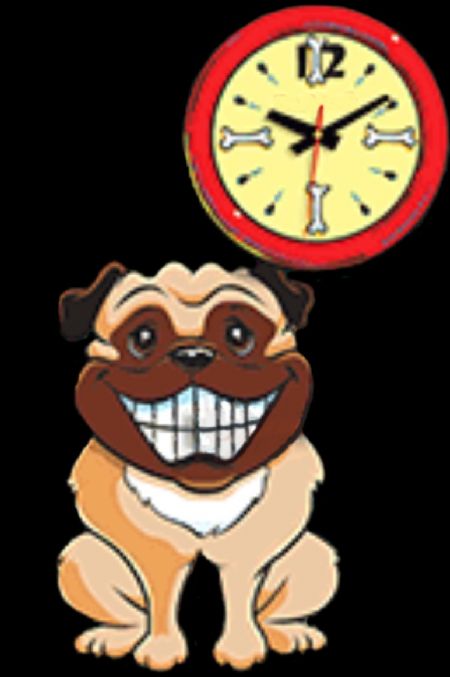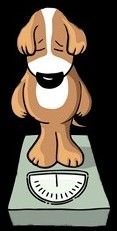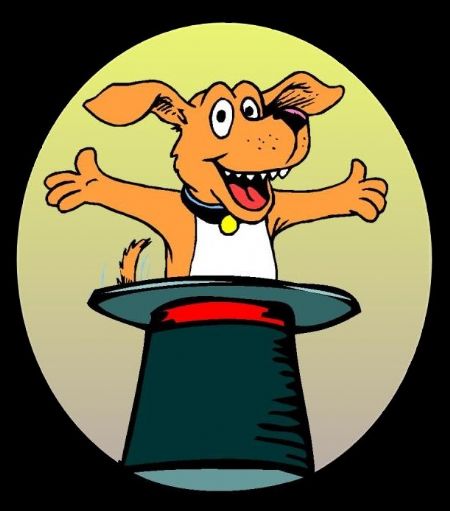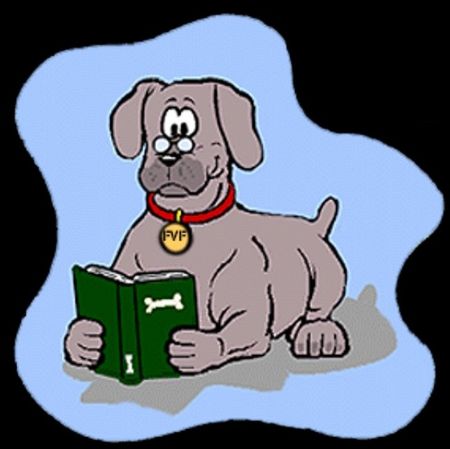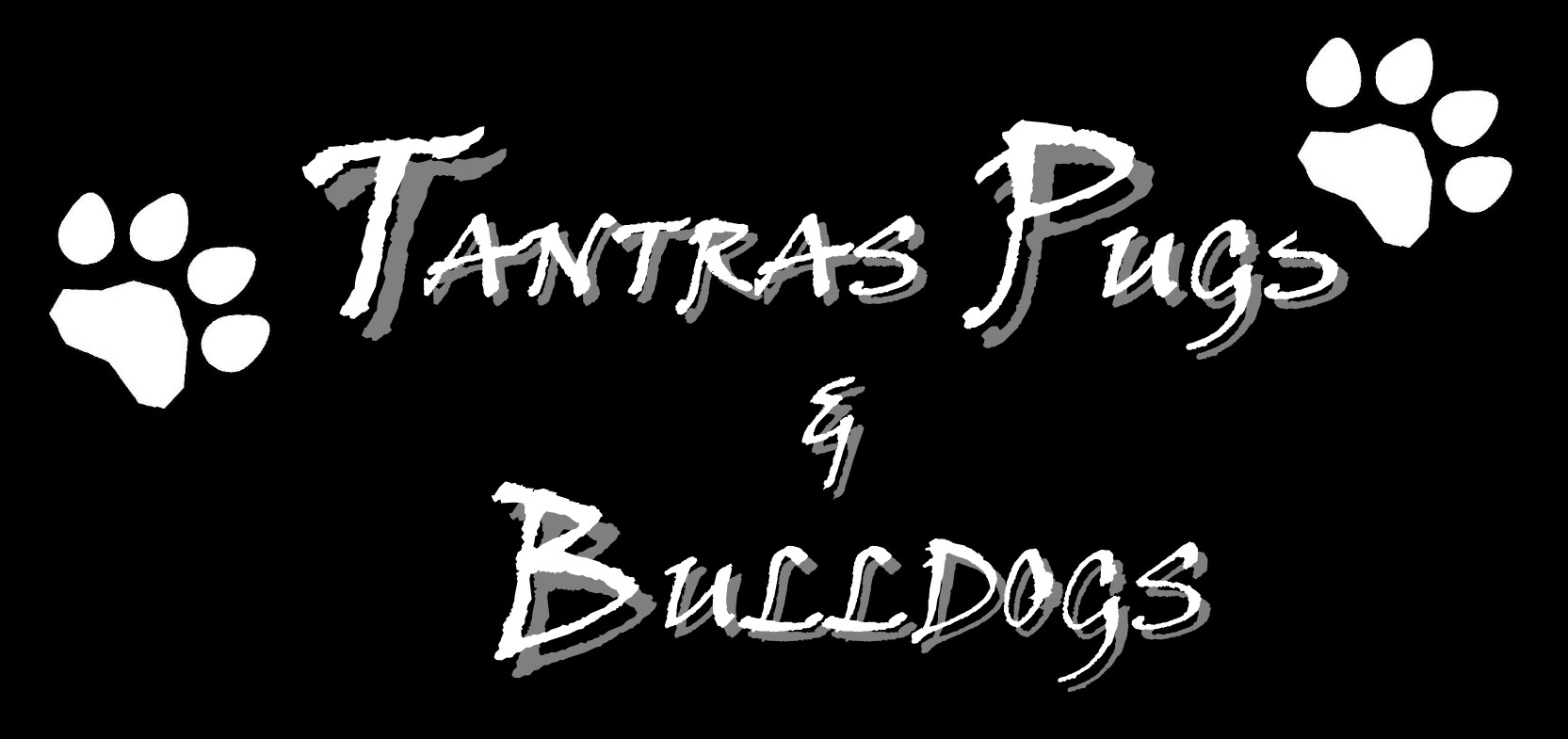
Quality Pugs & Bulldogs of Distinction
Pug Breed Profile
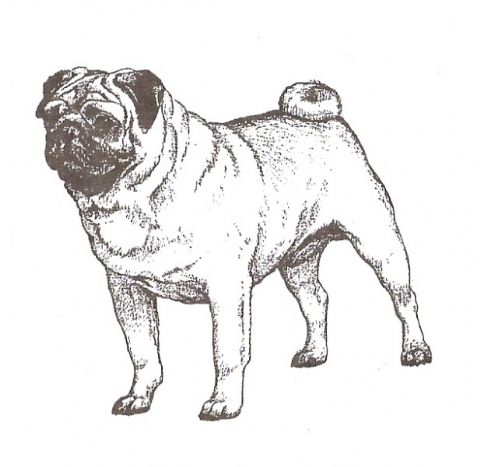 |
|
Contents:
1. Background 4. Breed Personality/Characteristics/Temperament 5. Training 6. Ideal Owners 7. Conclusion
It is generally accepted that the Pug originated in China. Bred to adorn the laps of the Chinese sovereigns during the Shang Dynasty (1600-1046 BC), in East China. There is also Chinese artwork depicting two dogs, one in a reclining position, the other in a sitting position. Both figures have a curled tail, the ears are small and forward like 'Button' ears, they have a blunt face with wrinkles easily discernible, they have large round eyes, and a short coat is easily seen. This artwork predates the Christian era by several hundred years and clearly shows what was termed "Fu" or "Foo" dogs. There is little, if any, doubt that this "Fu" dog is the breed nowdays we all know and love as the Pug. Around 1 AD the term "Pai" came into use in China, referring to a small dog with short legs and a short head. Emperor Ling To (168-190 AD) bred pai dogs with females receiving the same status as his wives. They were fed nothing but the best rice and meat available. If anyone attempted to steal them, he or she was sentenced to death. The Pug's popularity spread to Tibet, where they were mainly kept by monks, then went onto Japan, becoming very dear to the ladies of Japan. During the early part of the 16th century the Dutch were trading in the orient and it is known that the Dutch cherished the Pugs. It is their art that gives us a much more factorial background for the breed. In 1572, the King of Holland, William the Silent, took his Pugs with him when he waged war against the Spanish. Amazingly, one of William's Pugs woke him in time to save him from being assinated. The Pug made its way to England via Holland when Prince William traveled from Holland to England to ascend his throne in 1688, Pugs attending the ceremony wearing orange ribbons. 1 year later, Prince William's wife, Mary II, arrived with her Pugs that also wore orange ribbons. The Pug became the official dog of the House of Orange. The word "pug" may have come from the Old English "pugg" or "puge", which were affectionate terms for a playful little devil or monkey. The breed is often summarized as "multum in parvo" ("much in little"), describing the Pug's remarkable personality despite its small size. With the introduction of other toy dogs, the Pug began to loose its popularity in England and there was a danger at one time that the breed would become extinct, but more stock was introduced from Holland and Austria in the reign of George the Third, and this gave the breed a new lease of life. The breed in Australia has been kept going by importations from England, Holland, United States and many other different countries at different times.
Pugs can live in excess of 12 years and consideration should be given by prospective owners to the commitment they are making before purchasing a puppy.
There is no size requirement for a Pug, but the weight should be between 8 kg and 10 kg. Breed Personality/Characteristics/Temperament
The perfect blend of little dog appeal, wistfullness, big stamina and courage is to be found in the adorable creature - the Pug. Personality - The Pug is it. If you only have a small yard or live in a unit, the Pug is for you. If you have hectares of ground, they are still the dog for you being sturdy and swift. The Pug adapts easily to their living environment, however he does not prefer to live in a kennel or basement like area that is seperate from his loved ones. The Pug wants and needs to be an integral part of his family's life. The Pug abounds with charm and dignity, which causes him to be a clown one minute and a crowned prince the next. If he wants your attention, he will figure out a method to obtain it. They adore children and are sensitive to their size, knowing when to play gently with small children and more assertively with an older child. Cleanliness is a definite trait in the breed. It is not unusual to see a Pug washing their face with their front paws. They do not like to be dirty and enjoy their bath times. As cleanliness is a priority, paper training your Pug is easy. Oh yea, when it is pouring rain outside they will give you that "no way" expression,
Pugs, being intelligent and tending to independence, are not the easiest dogs to train, but they are most certainly trainable, it does them a lot of good to have a purpose in life. During training, it is very important that your Pug is absolutely confident of their place in the "pack," or their human family. A local obedience club will put you on the right track and introduce you to another aspect to owning a dog and it becoming a companion, not just a pet!
They are good with children. Oh yes, they do fart!! (phew)
Now you know a little about the Pug and have decided this is the dog for you or you want more information, please don't hesitate to contact us and we will be happy to answer questions or provide any advice you may need.
A Pug is a best friend for life
|

